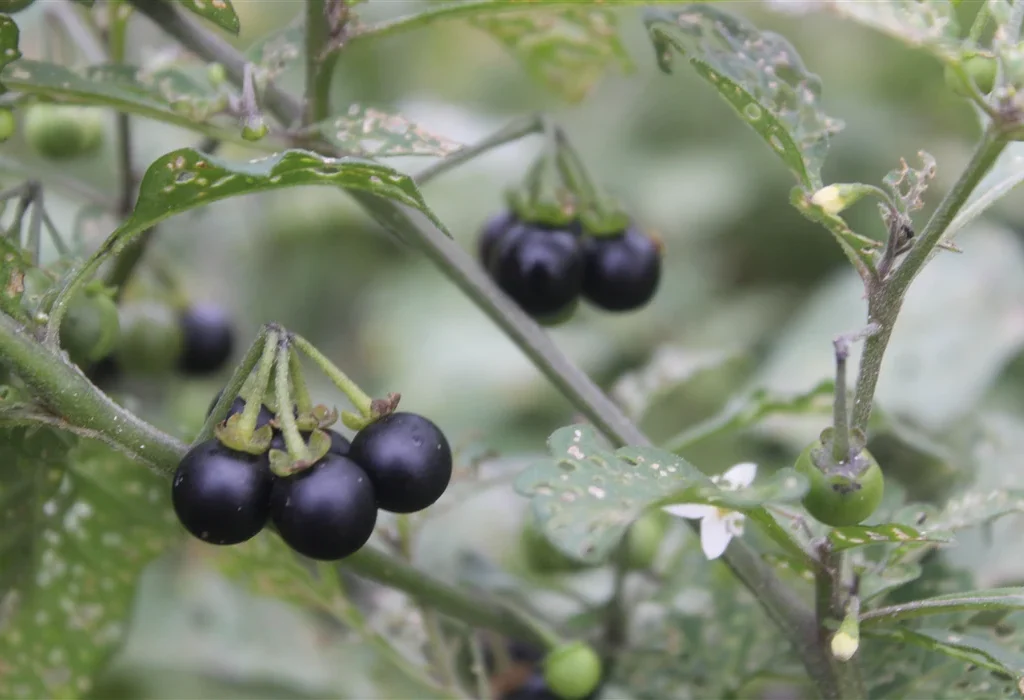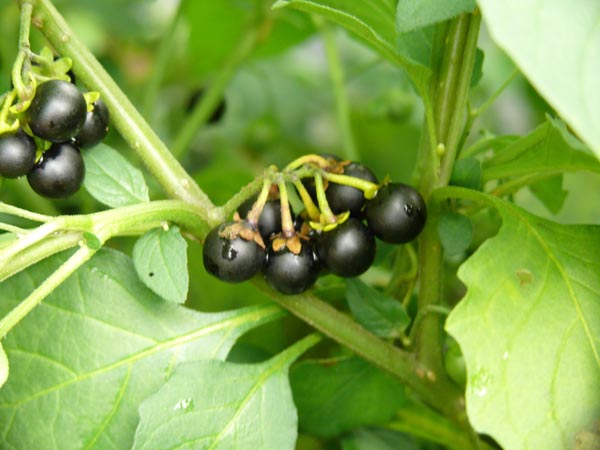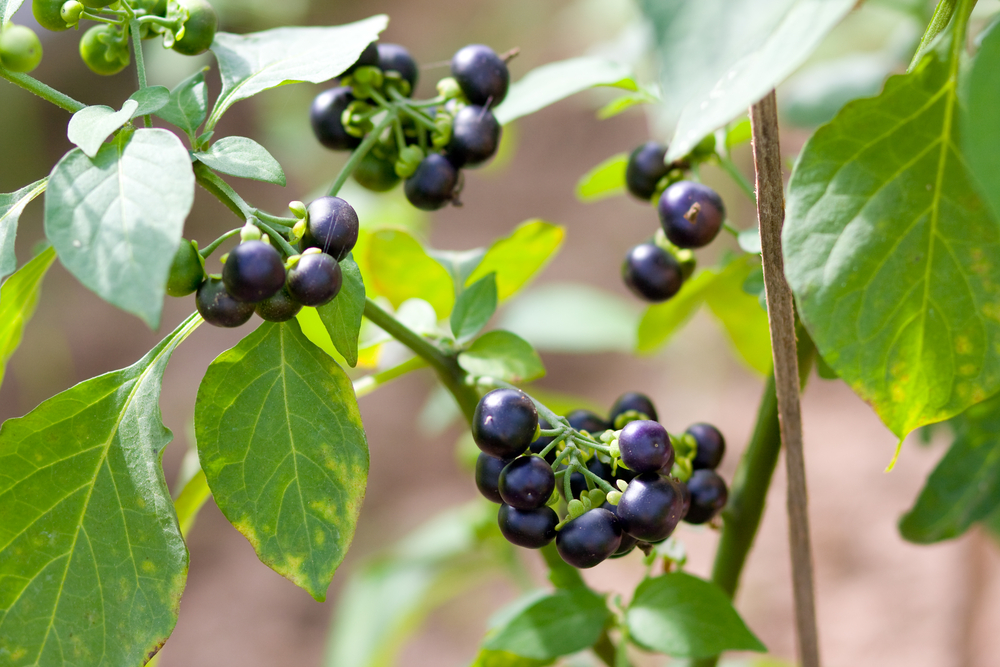The world of berries is vast, colorful, and highly nutritious. While fruits like strawberries, blueberries, and raspberries dominate global markets, there exists a lesser-known yet fascinating fruit called the Sunberry. Known for its small size, deep blue to black color, and remarkable health benefits, the Sunberry has been cultivated in various regions for centuries. But have you ever wondered which country holds the title of being the largest Sunberry producer in the world? Let’s dive into the history, cultivation, and global production of this unique berry and reveal the nation leading its cultivation.
What is a Sunberry?

Before exploring production statistics, it’s essential to understand what a Sunberry is. Scientifically named Solanum retroflexum, Sunberry is a fruit-bearing plant that belongs to the nightshade family (Solanaceae). It’s often confused with other berries like black nightshade or wonderberries due to its similar appearance.
Sunberries are known for:
- Small, round, deep blue to almost black berries
- A mild, slightly sweet, and sometimes tart flavor
- High antioxidant content, especially anthocyanins
- Traditional uses in pies, jams, and herbal medicine
- Easy cultivation in warm and temperate climates
Although not widely commercialized on the scale of strawberries or blueberries, Sunberries have a niche presence in local markets, home gardens, and natural health circles.
Origin and Cultivation of Sunberries
The Sunberry is native to Southern Africa but was introduced to other parts of the world, particularly in Europe and North America, during the early 20th century. It was developed as a cultivated species by Luther Burbank, a famed American horticulturist known for creating more than 800 strains and varieties of plants.
Ideal growing conditions for Sunberries include:
- Warm temperatures between 20°C to 30°C
- Well-drained soil with moderate fertility
- Full sun exposure
- Regular but moderate watering
Sunberries are fast-growing annuals, typically bearing fruit 70 to 90 days after planting. They thrive in gardens, greenhouses, and even container gardens, making them accessible to both large-scale and hobby growers.
Global Sunberry Production Overview

Unlike other mainstream berries, Sunberries are not produced on a massive industrial scale. Instead, they are commonly grown in small farms, rural home gardens, and niche organic farms. The global demand, while modest, has seen steady growth due to increasing awareness of their health benefits.
Key regions for Sunberry cultivation include:
- South Africa (native land)
- Nigeria and other parts of West Africa
- India
- United States (particularly in Southern states)
- Mexico
- South American countries like Peru and Brazil
- Southeast Asia
However, among these regions, one country has emerged as the world leader in Sunberry production.
Which Country Is the Largest Sunberry Producer in the World?
After careful examination of agricultural data, cultivation reports, and trade records, it becomes clear that Nigeria holds the title of being the largest Sunberry producer in the world.
Why Nigeria Leads in Sunberry Production

Several factors contribute to Nigeria’s dominance in Sunberry cultivation:
1. Favorable Climate
Nigeria’s tropical climate with consistent warmth, ample rainfall, and extended growing seasons makes it an ideal environment for Sunberry cultivation. The country’s varied agro-ecological zones provide perfect conditions for growing a wide variety of fruits and vegetables, including Sunberries.
2. Traditional Use and Cultural Significance
In Nigeria and other West African countries, Sunberries have been used traditionally in local cuisine and herbal medicine. Known locally by various indigenous names, the berries are often consumed fresh, cooked into stews, or made into preserves.
They’re also valued for their medicinal properties in managing ailments like coughs, stomach upsets, and skin conditions.
3. Small-Scale Farming Prevalence
A significant percentage of Nigeria’s population is engaged in subsistence and small-scale farming. Many families grow Sunberries in backyard gardens and community farms for household consumption and local market sales.
This widespread cultivation, although largely informal, collectively contributes to Nigeria’s position as the largest producer globally.
4. Growing Demand for Traditional and Organic Produce
With the global trend towards organic, health-conscious, and traditional foods, Sunberries have found renewed interest both within Nigeria and in the export market. Nigeria’s local markets have seen increased demand for berries, including Sunberries, as natural remedies and health foods.
Other Major Sunberry Producing Countries

While Nigeria leads the way, several other countries are noteworthy contributors to Sunberry production:
1. South Africa
As the native home of Sunberries, South Africa continues to cultivate this berry in rural communities and local farms. While it no longer leads global production, it remains a significant grower in Africa.
2. India
India, with its vast agricultural diversity and interest in medicinal plants, has increasingly adopted Sunberry cultivation, especially in southern and eastern states.
3. United States
The United States, primarily in the Southern states such as Florida, Texas, and California, has niche farms and home growers cultivating Sunberries, mostly for local markets, farmers’ markets, and health food stores.
4. Mexico
In regions like Chiapas and Oaxaca, where traditional medicine and herbal foods are integral to the culture, Sunberries are grown in modest quantities.
Health Benefits of Sunberries

One of the reasons for the rising interest in Sunberries is their impressive nutritional profile. They are packed with:
- Anthocyanins: Potent antioxidants that combat oxidative stress
- Vitamin C: Boosts immunity and promotes skin health
- Dietary Fiber: Aids digestion and supports gut health
- Calcium and Iron: Strengthen bones and prevent anemia
Traditional uses of Sunberries include remedies for:
- Respiratory issues
- Stomach ailments
- Skin rashes and burns
- Inflammation reduction
Future Prospects of Sunberry Production
Given the rising global interest in superfoods, organic produce, and plant-based diets, Sunberries have the potential to become more prominent in global agriculture.
Nigeria’s leadership in Sunberry production positions it well to meet future demand, both domestically and through exports. However, increased attention to commercial farming techniques, quality control, and market awareness will be essential for expanding the berry’s reach into mainstream markets.
Conclusion
While Sunberries may not yet be as famous as strawberries or blueberries, their nutritional value, ease of cultivation, and medicinal benefits have secured them a special place in traditional agriculture and modern health food circles. Among the nations cultivating this underrated berry, Nigeria stands out as the largest Sunberry producer in the world, thanks to its favorable climate, cultural traditions, and widespread small-scale farming practices.
As global consumers continue to discover the health benefits of lesser-known fruits, the humble Sunberry and Nigeria’s leadership in its cultivation promise a bright and fruitful future.





